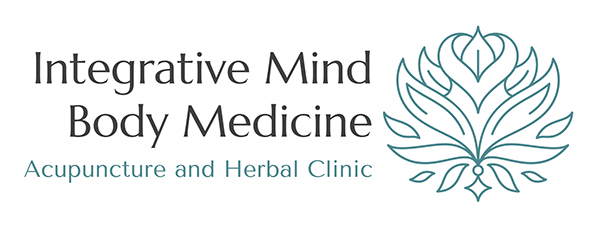Frequently Asked Questions
Q: How many sessions do I need?
A: Our treatment plans are personalized to your unique health needs. Typically, clients begin with 1-2 sessions per week during the first month to build momentum. Chronic conditions may require a longer course, while acute issues can resolve with fewer sessions.
Q: Do the needles hurt during acupuncture?
A: Most clients experience only a gentle, dull vibrating sensation rather than pain. The needles are extremely fine—about 1/100 the size of a standard syringe—making the procedure comfortable and minimally invasive.
Q: What should I feel during an acupuncture session?
A: During your session, you might notice subtle sensations such as warmth, vibration, heaviness, or lightness. These responses indicate that your body is engaging in the healing process and moving toward a state of balance and relaxation.
Q: What are the risks associated with acupuncture?
A: Acupuncture is a safe therapy when performed by trained professionals. We use sterilized, single-use needles to prevent infection. While minor bruising or temporary discomfort may occur, significant risks are extremely rare.
Q: How should I prepare for my treatment?
A: Wear comfortable, flexible clothing that allows easy access to treatment areas. It’s best to eat within three hours prior to your session. After treatment, we recommend avoiding vigorous exercise to help your body fully absorb the benefits of the therapy.
Q: What herbs do you use and how do they work?
A: We create personalized herbal formulas from a diverse selection of approximately 200 herbs. Prepared as a fine powder to be mixed with warm water, these remedies are taken twice daily on an empty stomach to maximize their healing effects by addressing your specific symptoms.
Q: Can I take herbal remedies alongside my medications?
A: Yes, you can. However, it’s essential to inform us about any pharmaceuticals you are taking during your initial consultation. This ensures that your herbal treatment is safe and effective without any potential interactions.
Q: What is cupping, and how does it help?
A: Cupping involves placing specialized cups on the skin to create a suction effect that increases blood flow, reduces muscle tension, and alleviates pain. Temporary bruise-like marks may appear, but they typically fade within a week.
Q: What is guasha, and how does it work?
A: Guasha is a scraping technique using a smooth tool to gently massage the skin. This process helps to break down deep-seated tension, boost circulation, and stimulate the body’s natural healing response, easing both pain and stiffness.
Q: What is moxibustion?
A: Moxibustion uses the therapeutic heat from burning mugwort (moxa) near acupuncture points. This warmth stimulates circulation, alleviates pain, boosts energy levels, calms the mind, and promotes restful sleep—all without direct skin contact.
Q: How does electrical stimulation complement acupuncture?
A: Also known as E-Stim, this technique applies a gentle electrical current between acupuncture needles to enhance the treatment’s effectiveness, particularly for pain management. It’s a modern adaptation that remains both safe and relaxing.
